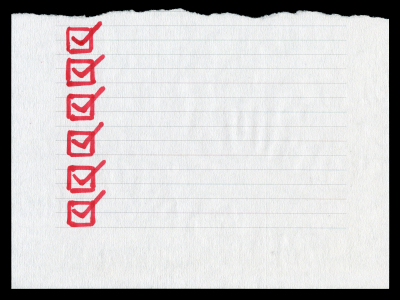Friday Support: IP - What have I got?
The first in a series of 10 blogs, helping you find your own answers to 10 key questions about your intellectual property, or IP.
When approaching IP, the best starting point is to ask: what have I got? To put the right strategies in place to protect and exploit your assets, you must first work out what they all are.
It’s standard practice in most companies to have a register of fixed assets. Creating a register for intangible assets is slightly more challenging, as the things you’re talking about don’t have serial numbers. However, it’s well worth doing: these are the most valuable assets most
companies own.
The method we have found works best is to think about these assets as falling into five headings. The contents of each category are summarised below, but there are over 40 different types in total:
- Registered rights. It’s easiest to start with assets that are already formally protected, in the UK and/or elsewhere, because you should already have a record of them. Take any patents, trade marks and registered designs, and list their names, numbers, the territories to which they apply, and the dates they were applied for (and granted – if they have been). This is a good way to make sure you don’t miss any renewal dates.
- Copyright. Virtually every company has some of this, but few have a record of all the things they own which fall under this category. Among other things, copyright applies to software code; websites; databases (if these are regularly refreshed); documentation of products and processes; test results; promotional literature, and any other ‘literary works’ you may have.
- Product/service assets. Now think about what you sell (or intend to sell). Is there something distinctive or proprietary about the way you will make or deliver it? If so, you will have processes or services that are proprietary, i.e.particular to your business. You may have a trade secret that underpins your product; you will probably have designs or sub-brands that you have never registered.
- Resources and relationships. Next, dig a bit deeper into the intangible assets that enable you to trade. These may include specialist knowledge of customer requirements; prospect lists; contracts, including support and maintenance agreements; preferential arrangements with suppliers; licensing or franchise agreements you’ve put in place; technical know-how particular to your company, and other resources like domain names.
- Approvals and endorsements. Last but not least, ask yourself about the ways in which your products or services have been recognised by third parties. From specific awards, grants and quality approvals to market leadership and brand reputation, these all provide reasons for customers to trade with you rather than others, and are therefore all intangible assets.
Most companies who have gone through this exercise are pleasantly surprised at the number and range of intangible assets they have and use. If you found less than a dozen: have a second look!
Your guide is Martin Brassell, CEO of Inngot. Visit www.inngot.com for an online innovation profiling tool that can help you identify all the IP and intangible assets your business owns, and present them in a report you can store and share.
Others in the series:
